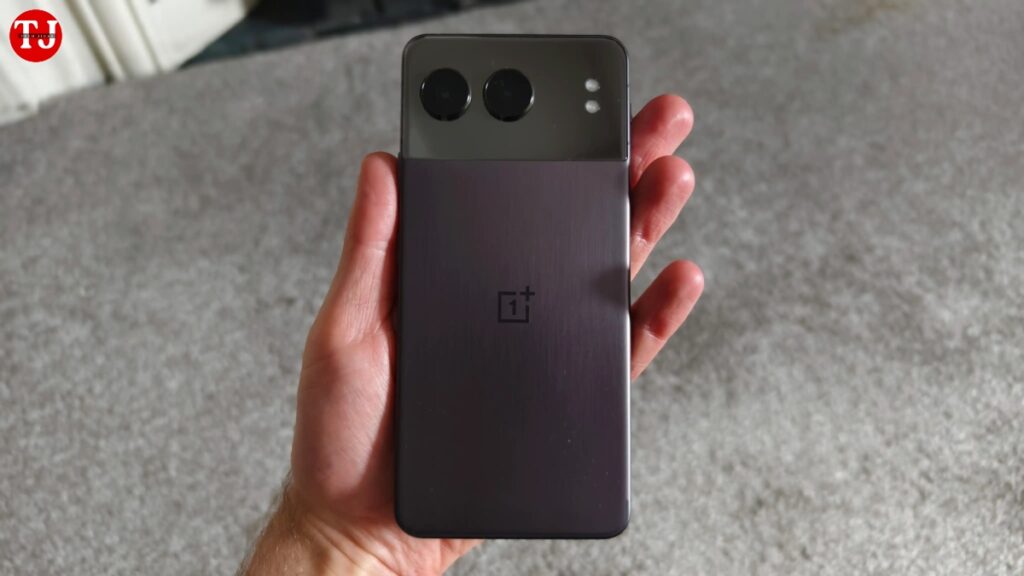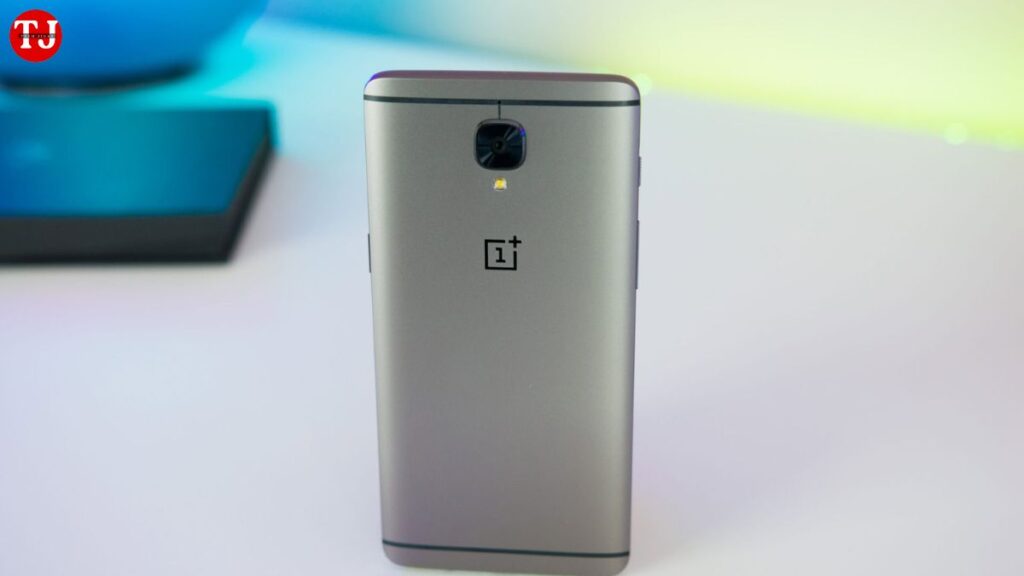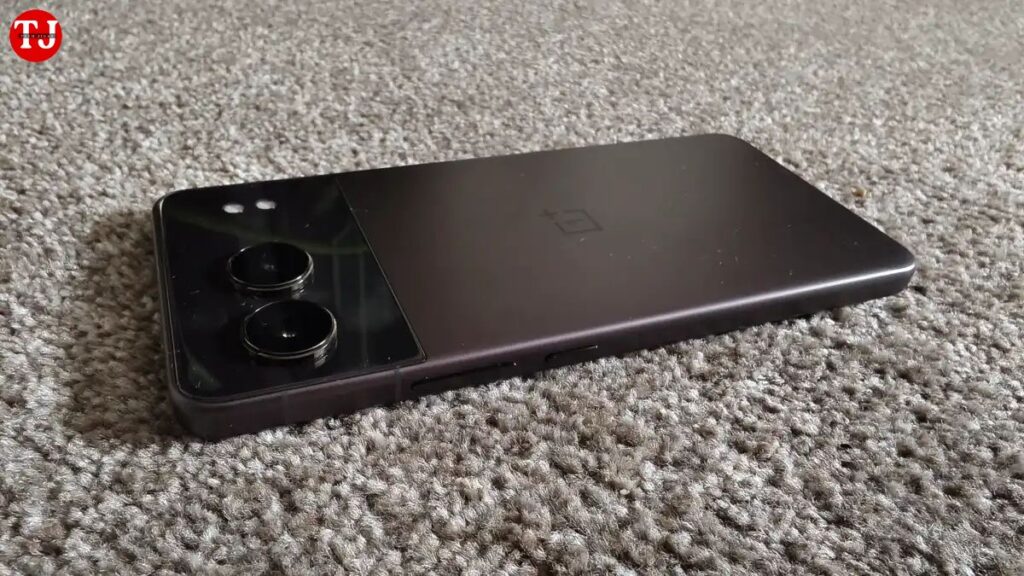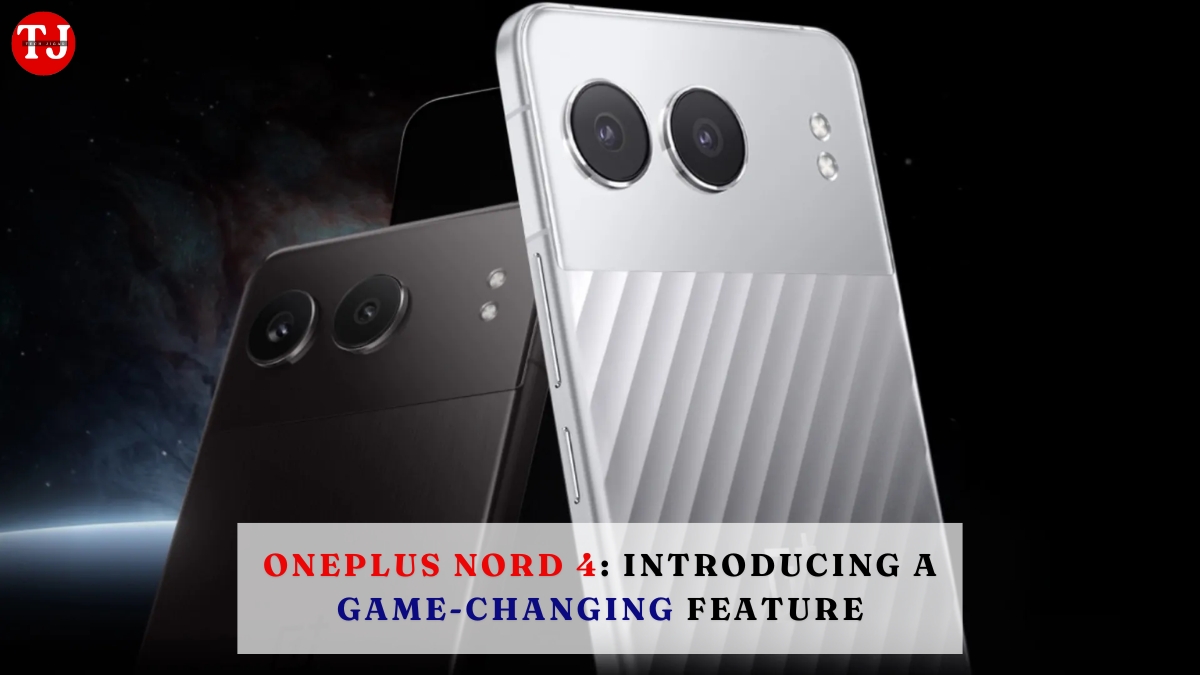Phone companies are continuously vying for attention, with exceptional designs playing a crucial role in this competition. OnePlus, known for experimenting with unique and captivating concepts, is bringing back metal in its phone designs. The upcoming OnePlus Nord 4, set to launch on July 16, is already generating excitement with its teasers, promising a return to sleek, metal aesthetics.
We recently offered a sneak peek at the upcoming OnePlus Nord 4, showcasing its sleek metal back. While we await the official announcement next week for our full review, we had the opportunity to speak with OnePlus President and COO Kinder Liu. He shared insights about the innovative design and the company’s dedication to delivering what they promise will be the “best-ever fluency” in their devices. Stay tuned for more exciting details!
First, let’s talk about that design

Our discussion started with a nostalgic nod to design trends. Metal-bodied phones, which were prevalent in the late 2010s, have largely been replaced by glass or plastic designs. This shift has left many enthusiasts, including myself, yearning for the durable and premium feel of metal.
I inquired about the choice of material, and Liu explained that the return to metal was primarily driven by four key qualities: durability, beauty, permanence, and strength. Metal phones are notably more resistant to damage from hard drops and are less prone to breaking. While the aesthetic appeal of a polished metal surface may be subjective, it is undeniable that metal phones are more resistant to the wear and tear of time, such as the micro scratches that often appear on glass phones with regular use.
Metal enhances performance by effectively dissipating heat generated during tasks like gaming. Although this may cause your phone to feel hotter during use, it will cool down faster compared to glass-backed phones. This efficient heat dissipation prevents heat from being trapped inside, thereby protecting internal components from potential damage over prolonged usage.
The shift from metal to glass in premium smartphones was driven by the advent of 5G technology. Liu explains that while metal phones were highly popular before 5G, the new network required more antennas. For instance, the OnePlus 3T featured just four antennas, whereas the OnePlus 12 now incorporates over 13. This increase in antenna count necessitated a change in materials, as glass allows for better signal transmission compared to metal.

Accommodating a larger number of antennas within a device presents significant challenges, especially when using metal bodies, which interfere with the combined signals from these antennas. This interference has led companies to prefer materials like glass or plastic for the main body of devices, reserving metal for the side rails.
The OnePlus Nord 4 features a metal build that doesn’t interfere with 5G signals, thanks to significant design innovations. The antennas have been overhauled, now 50% smaller than previous versions. OnePlus also redesigned the motherboard, strategically placing these compact antennas to ensure the metal body doesn’t obstruct cellular signals. Additionally, plastic inserts are incorporated in key areas, like the bottom of the back, to further enhance signal strength.

OnePlus has not only prioritized signal strength but also crafted a metal design featuring microscopic ridges that create the illusion of bumps while maintaining a smooth surface. This addresses a common issue with glass, even on high-end phones equipped with robust protective layers like Gorilla Glass or equivalents.
A new record for OnePlus software updates
The OnePlus Nord 4 isn’t just a design upgrade aimed at durability; its software is equally pivotal. OnePlus promises its longest-ever software support package, ensuring extended usability and performance.
Liu has confirmed that the OnePlus Nord 4 will receive up to four years of Android updates, starting with Android 14 and extending through Android 18 (or equivalent). Moreover, OnePlus plans to provide an additional two years of software support for essential feature updates, including security patches. This commitment totals six years of support, marking a significant improvement over previous OnePlus models. For instance, the OnePlus Nord 3 was guaranteed three years of Android updates and an extra year of security updates.
In the realm of mid-range smartphones, the Samsung Galaxy A55 offers a commendable five-year software support plan, ensuring up to four Android updates throughout its lifecycle. Setting a higher benchmark, the Google Pixel 8a leads with an impressive seven-year update commitment from Google.
Extensive testing to back mighty claims
I inquired about whether other OnePlus phones, particularly earlier flagship models like the OnePlus 12, would receive similar updates. However, I didn’t receive a definitive response.
During our conversation, Liu emphasized that delivering value goes beyond mere promises of extended update support. He stressed the importance of ensuring that phones maintain long-term speed and smooth performance, with batteries designed to endure over time.
OnePlus enlisted the German testing agency TÜV SÜD for an extensive 72-month fluency test, which it successfully passed. This rigorous test involves simulating heavy usage scenarios: copying and deleting large files rapidly, installing and uninstalling numerous apps, and repeatedly launching and closing various applications, all while meticulously timing their performance.
The OnePlus Nord 4 has been rigorously tested to ensure its performance remains consistently smooth even after 72 months of regular use. Extensive charging and discharging cycles have shown that the battery maintains excellent health, enduring up to 1,600 cycles without degradation.
These assurances are designed to provide buyers with peace of mind. Towards the conclusion of our discussion, Liu likened a phone lacking these assurances to a beautifully designed house with weak foundations. It may appear appealing at first glance, but it’s not something you’d want to rely on in the long run.
